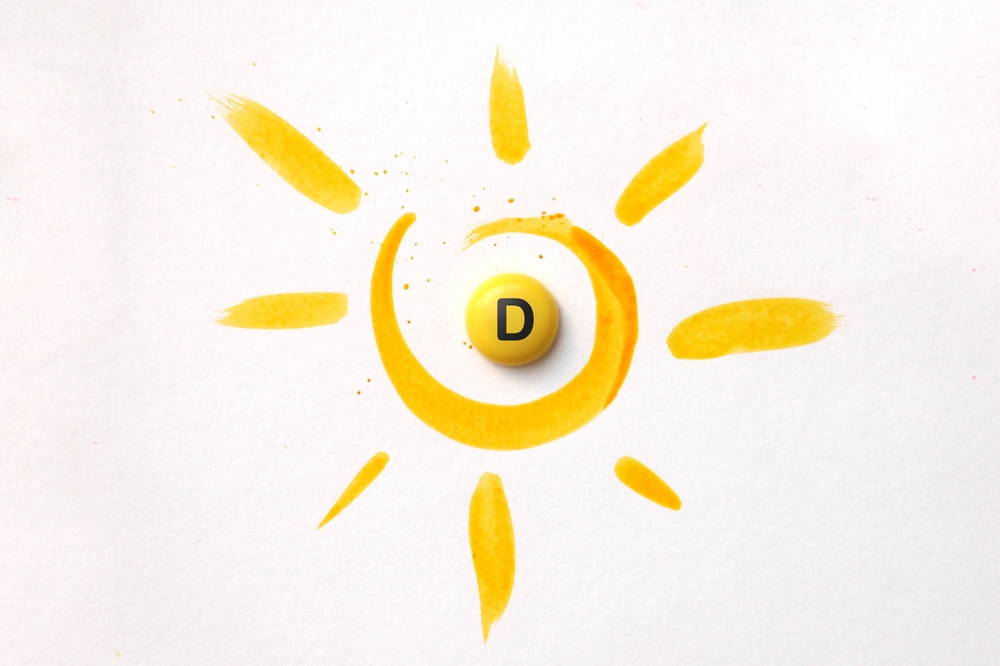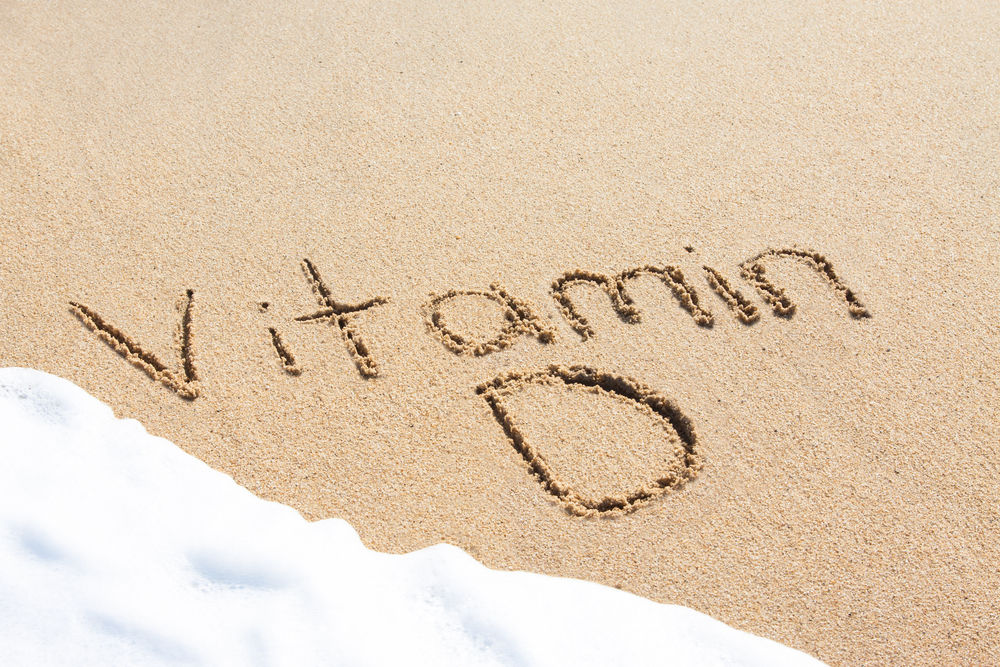Jennifer Anderson is a registered dietitian who specializes in nutrition for children and infants. She advises parents on a variety of issues on Kids Eat in Color, such as how to feed picky eaters, start babies on solid foods, as well as how to create a healthy and balanced diet. Unfortunately, many kids today don’t consume enough nutrients that are crucial for their bodies’ growth and health. According to Anderson, it’s common for children in the U.S. to lack fiber and potassium. But the main nutrient that kids need to consume more is vitamin D.
The Importance of Vitamin D for Children

Vitamin D is vital for several bodily functions, including bone and muscle health. It’s also crucial for calcium absorption, another important nutrient for strong bones. However, 50% of children in the U.S. ages 1 to 5 have a vitamin D deficiency, as do 70% of children ages 6 to 11. Vitamin D deficiency in kids can lead to an inefficient immune system, so they may fall sick more often. They may also suffer from frequent soreness and fatigue. Children with a severe deficiency can develop rickets, a weak and soft bone disorder that often comes with other issues like bone pain, skeletal and joint deformities, and stunted growth. [1]
Experts disagree on the ideal daily vitamin D intake for children. However, the Centers for Disease Control and Prevention recommends that babies under one year of age need 400 IU per day. Children ages 1 year to 12 years old should have 600 IU per day. [2]
Some kids might require more vitamin D. These can include those who take medications (like anti-seizure medications) after bone surgery, as well as those with medical issues like celiac disease, obesity, cystic fibrosis, or bone pain. Healthcare providers will order a blood test if they are concerned about a child’s nutrient levels because of underlying health issues. [3]
Read More: Artificial Sweeteners May Raise Risk of Heart Disease and Stroke, New Study Finds.
Sun, Food, and Supplements

Sun exposure is one way to get vitamin D, but it’s often not enough to fulfill daily requirements, especially during cold and rainy seasons and in naturally overcast climates. A balanced diet is a good way to ensure children are consuming enough of this nutrient on a regular basis. Foods rich in vitamin D include:
- Beef liver
- Egg yolks
- Cheese
- Fatty fish like trout, salmon, mackerel and sardines
- Shitake mushrooms
- Foods fortified with this vitamin, such as milk (although cow’s milk in not recommended for babies under one year old), dairy-free milk like soy or oat, yogurt, orange juice, and breakfast cereals
Supplements are another way to ensure children consume enough vitamin D. In fact; many health experts recommend parents administer liquid supplements to breastfeeding infants since breast milk on its own doesn’t produce enough vitamin D.
Supplement Warning

But remember that not all supplements are alike, and too much supplementation can become dangerous. Overdosing on vitamin D is rare, but it can lead to negative health effects, such as hypercalcemia. These symptoms can involve digestive distress, fatigue, dizziness, dehydration, kidney stones, kidney injury, high blood pressure, and heart abnormalities. It’s worth pointing out that both vitamin D deficiency and hypercalcemia can cause mental symptoms like confusion and depression. They both can also cause kidney damage. Therefore, it’s important to speak to a healthcare professional before taking supplements or giving them to children. [4]
Read More: Did you know that eating heavy meals can trigger heart attacks?
Signs of Vitamin D Deficiency

Remember, vitamin D toxicity is rare, but deficiency is unfortunately very common. Many cases of insufficiency go unnoticed because symptoms don’t tend to appear until the deficiency becomes more severe. Babies are at a higher risk of deficiency than adults because they tend to get less sunlight.
However, deficiency in babies can cause:
- Lethargy
- Irritability
- Frequent respiratory infections
- Muscle weakness
- Growth issues
- Seizures
When it comes to children and teenagers, those who are overweight or obese are more likely to be deficient in vitamin D compared to those who are considered to be a healthy weight. For younger children, symptoms can include:
- Irritability
- Muscle pain
- Bone fractures
- Slow growth
- Delays in development
Symptoms in teens can be harder to notice since the signs can be subtle or invisible. Examples of these include:
- Joint pain in the knees, calves, thighs, and back
- Bone tenderness
- Facial twitching
- Spasms in the hands and feet
- Lethargy
- Irritability
- Depression
- Also, severe deficiencies can lead to bone fractures, convulsions, and heart damage. [5]
Speak to your children’s doctors if you are concerned about nutrient deficiencies. They will help determine the best way to treat the deficiency based on their individual needs, overall health, and potential underlying conditions. If you suspect a deficiency in your child, don’t try to treat it without professional supervision. Children, especially young children, and infants, are more susceptible to vitamin D toxicity compared to adults. Ensure blood tests and screening for vitamin deficiencies and health issues are part of your children’s regular check-up routines.
Read More: 5 Reasons to Eat Watermelon Often
Sources
- “The No. 1 vitamin kids in the U.S. ‘aren’t getting enough of’ today: Dietitian and parenting expert.” CNBC. Jennifer Anderson. July 8, 2023
- “Vitamin D.” CDC. July 22, 2021
- “Vitamin D.” Nemours Kids Health. Richard W. Kruse, DO and Susan M. Dubowy, PA-C. May 2021
- “Vitamin D Toxicity (Hypervitaminosis D).” Cleveland Clinic. February 21, 2023
- “Vitamin D Deficiency in Kids: Signs, Symptoms, and More.” Healthline. Jillian Kubala, MS, RD. March 8, 2022

